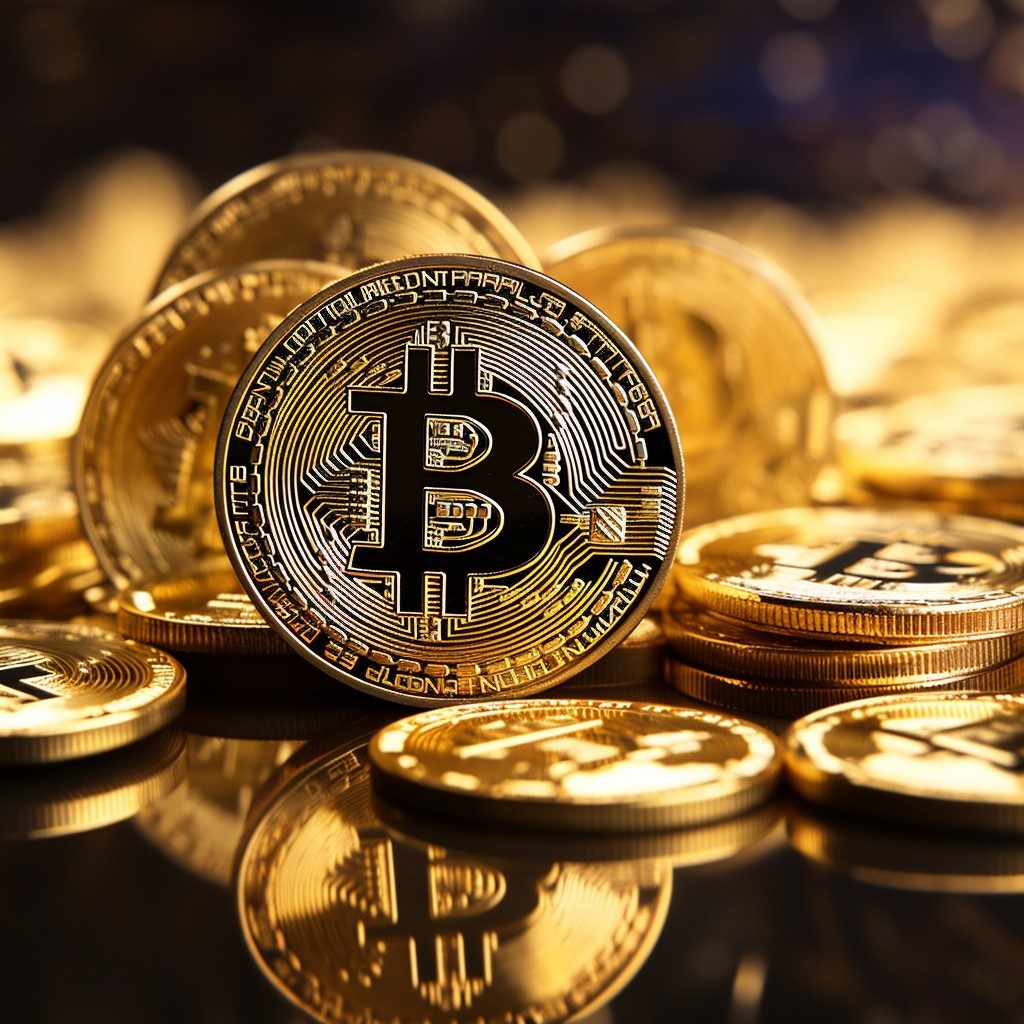The US economy, the powerhouse on the global stage, is turning up the heat and showing no signs of cooling down. The strength and resilience displayed by the nation are making top officials at the Federal Reserve sit up and take notice, signaling that there might be more actions required on their part.
The Resilient Backbone of the US Economy
Defying all odds, the US economy has exhibited robust health, evidenced by a tight labor market and unwavering consumer spending. While other economies might have buckled under prolonged higher borrowing costs, the US continues to march forward, seemingly unscathed.
Susan Collins, the Boston Fed’s president, had anticipated a deceleration by now, especially with the efforts to bring inflation back to the desired 2% mark.
Yet, the US economy’s undeterred stance suggests that the Fed might need to recalibrate their strategy. Collins emphasized the need for the Fed to maintain patience as it ponders over additional monetary policy tightening.
While there is no concrete decision about the policy meeting set for September, Collins has been vocal about the merits of a gradual approach. The idea is to amass a more comprehensive data set, enabling officials to read between the lines and make more informed decisions.
The aggressive monetary tightening since March 2022, which saw the federal funds rate soar from nearly zero to over 5%, has positioned the Federal Reserve to afford this patience.
Though Collins hints at the possibility that the current rate level could be maintained for a while, she doesn’t negate the potential need for further adjustments.
Tensions Rise at the Jackson Hole Conference
As the annual monetary policy conference at Jackson Hole sees delegates from diverse economies converge, the atmosphere is electric. All eyes are on Jay Powell, the Fed chair, who is set to discuss the central bank’s trajectory in its historical inflation-combatting mission.
With price pressures easing and the once stringent US labor market showing hints of softening, officials are treading on thin ice. There’s an underlying apprehension about the pace at which inflation, which overshoots the Fed’s 2% target, will stabilize.
Adding to the uncertainty is the uptick in US borrowing costs. The recent surge is tantamount to tightened financial conditions, raising eyebrows among economists.
With mortgage rates skyrocketing and real interest rates peaking, many argue that this could be a significant deterrent to growth. Collins, relatively new to the Federal Reserve’s echelons, perceives this financial clampdown as conducive to the Fed’s objectives.
This tightening plays a pivotal role in tempering demand, acting as the linchpin in the entire strategy. Yet, reservations loom large.
Even as a significant faction of officials starts to question the viability of additional economic constriction, the lingering threat of inflation keeps the upper echelons, including Collins, on their toes.
There’s an unmistakable emphasis on maintaining interest rates at restrictive levels for an extended period once the hike phase concludes.
Collins alludes to potential interest rate reductions as a future consideration, steering clear of any predetermined trajectory.
On probing if the era of rock-bottom interest rates, reminiscent of the post-global financial crisis period, has drawn to a close, Collins postulates that the aftermath of the pandemic might have pushed the neutral rate upwards.
This rate, crucial in maintaining economic equilibrium, neither bolsters nor stifles growth. However, Collins remains non-committal, asserting that it’s premature to jump to conclusions.
In a nutshell, the US economy, with its relentless vigor, is compelling the Federal Reserve to reconsider its moves. As officials grapple with an economy that refuses to slow down, the coming months will be pivotal in shaping the nation’s financial trajectory.
Critics, analysts, and officials alike remain on tenterhooks, waiting for the next twist in this economic tale.





